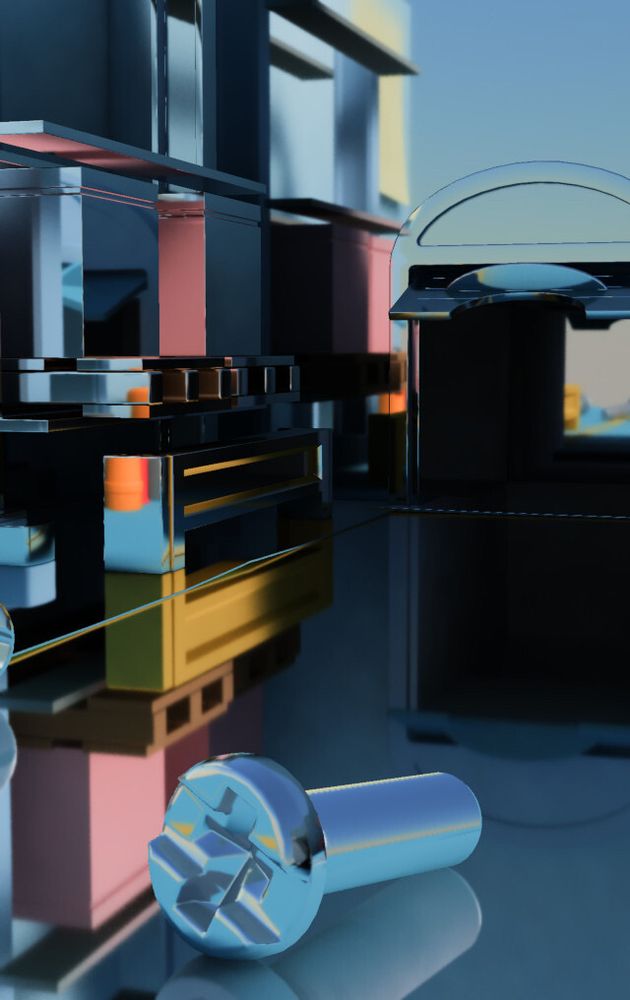
🔗 gboisse.github.io



2. For direct lighting, it’s all shadow maps still (although pending to change 🙂) and cosine weighted sampling for indirect.
3. Yes, all diffuse.
2. For direct lighting, it’s all shadow maps still (although pending to change 🙂) and cosine weighted sampling for indirect.
3. Yes, all diffuse.
1. Yes, that’s definitely a hard one, balancing between stability and responsiveness is really difficult. I’ve ended up with tracking temporally smoothed delta of luminance values (you can tweak all values of course):

1. Yes, that’s definitely a hard one, balancing between stability and responsiveness is really difficult. I’ve ended up with tracking temporally smoothed delta of luminance values (you can tweak all values of course):




